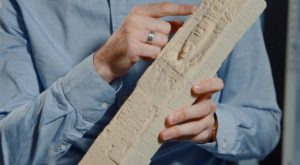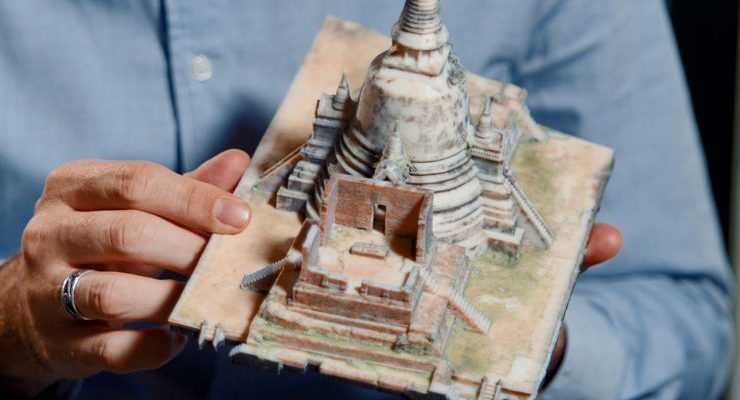The Stratasys J750 and Google Arts & Culture Re-create Historical Artifacts
Google Arts and Culture, together with Stratasys are working to bring historical artifacts back to life. Together they are re-creating beloved artifcats and ancient monuments with the use of additive manufacturing- also known as 3D printing. The Stratasys J750 3D Printer is allowing historians to re-produce age-old artifacts and historical monuments both digitally and physically.
Stratasys technology is currently being used by Google Arts & Culture for their Open Heritage Project. With the use of 3D printing, Stratysis is able to efficiently conserve and share digital files and downloads across the globe. Because of this new technology, there is increased accessibility, thereby allowing more and more people to partake in the beauty of ancient history. “The project was to explore physically making these artifacts in an effort to get people hooked and excited about seeing pieces in a museum or research context. That’s when we turned to 3D Printing.” said Bryan Allen, Design Technologist at Google.
What the Stratasys J759 3D Printer Can Do
Enter the Stratasys J750 3D Printer. The J750 3D Printer is so detailed and precise in its work that is able to recreate pieces of history to a tee. With the use of multi-material functionality and advanced colour, the J750 3D printer is able to build models with realism, intricacy and complexity. It offers a wide range of colour options with over a half million distinct colour and material options- from transparent to flexible, opaque to rigid, the possibilities are endless.
“The J750 empowers designers to actually achieve their ultimate goal – matching the final 3D print to what is initially seen on the screen. Combining rich colors and translucency in a single print, designers and engineers can build models with heightened levels of accuracy and realism – mirroring opaque or transparent structures, and even complex materials like rubber,” said Rafie Grinvald, Enterprise Product Director of Rapid Prototyping, Stratasys.
With the Stratasys J750, design teams are able to produce a creation that is aligned with their initial design goals.

Whether you are a historian, preservationist, a museum curator, or just someone who wants to learn more about history, there is no denying that 3D printing is changing the realm of accessibility. What was once seen by few, is now open to be shared across the world. Thanks to the Stratasys J750 and Google Arts and Culture we can view the world as it was, and as it is, by merely logging online.
Click below and download “Design with Brilliance”- Your guide to learning all about The Stratasys’ J750 and its ability to create, and re-create using Vivid Colour
